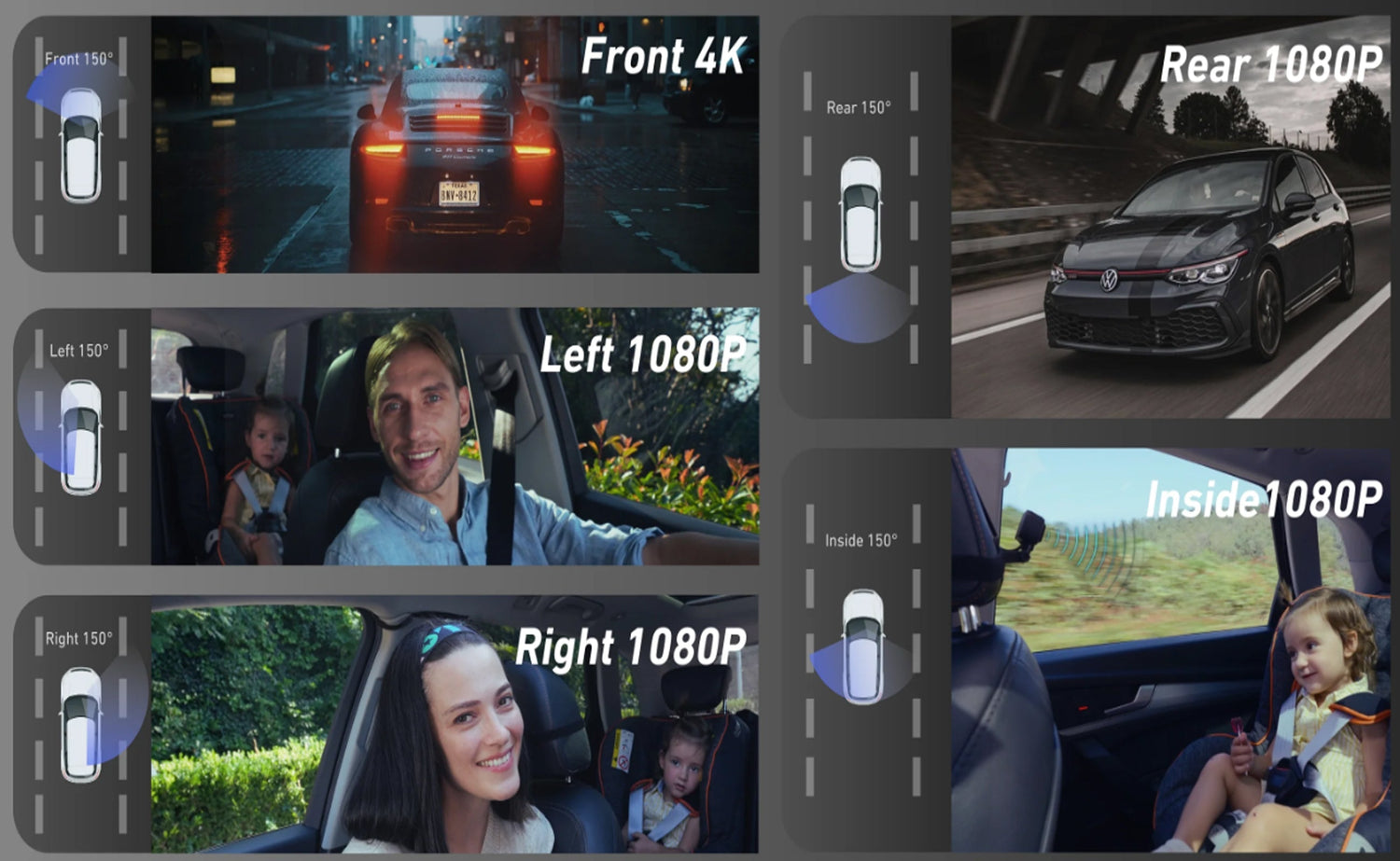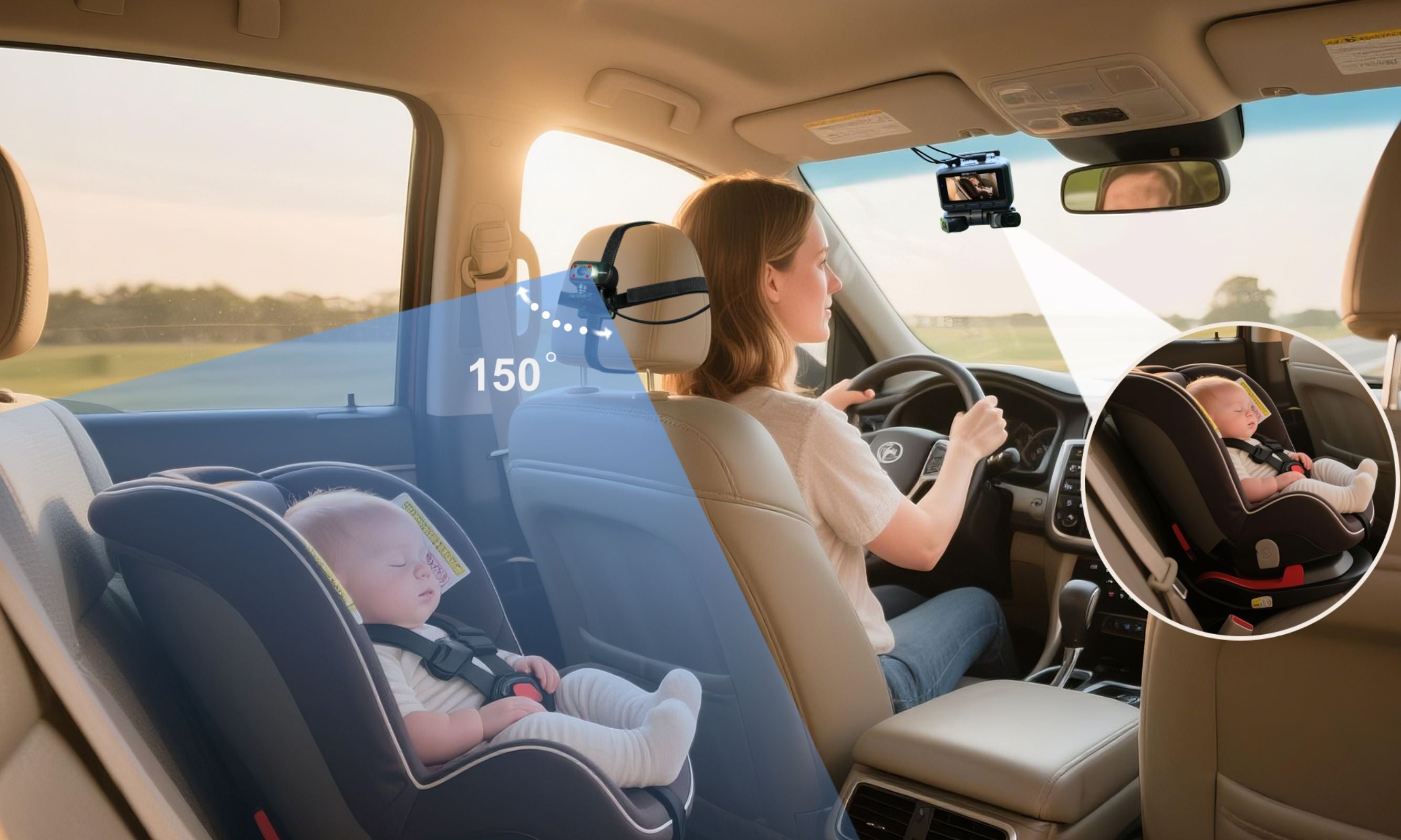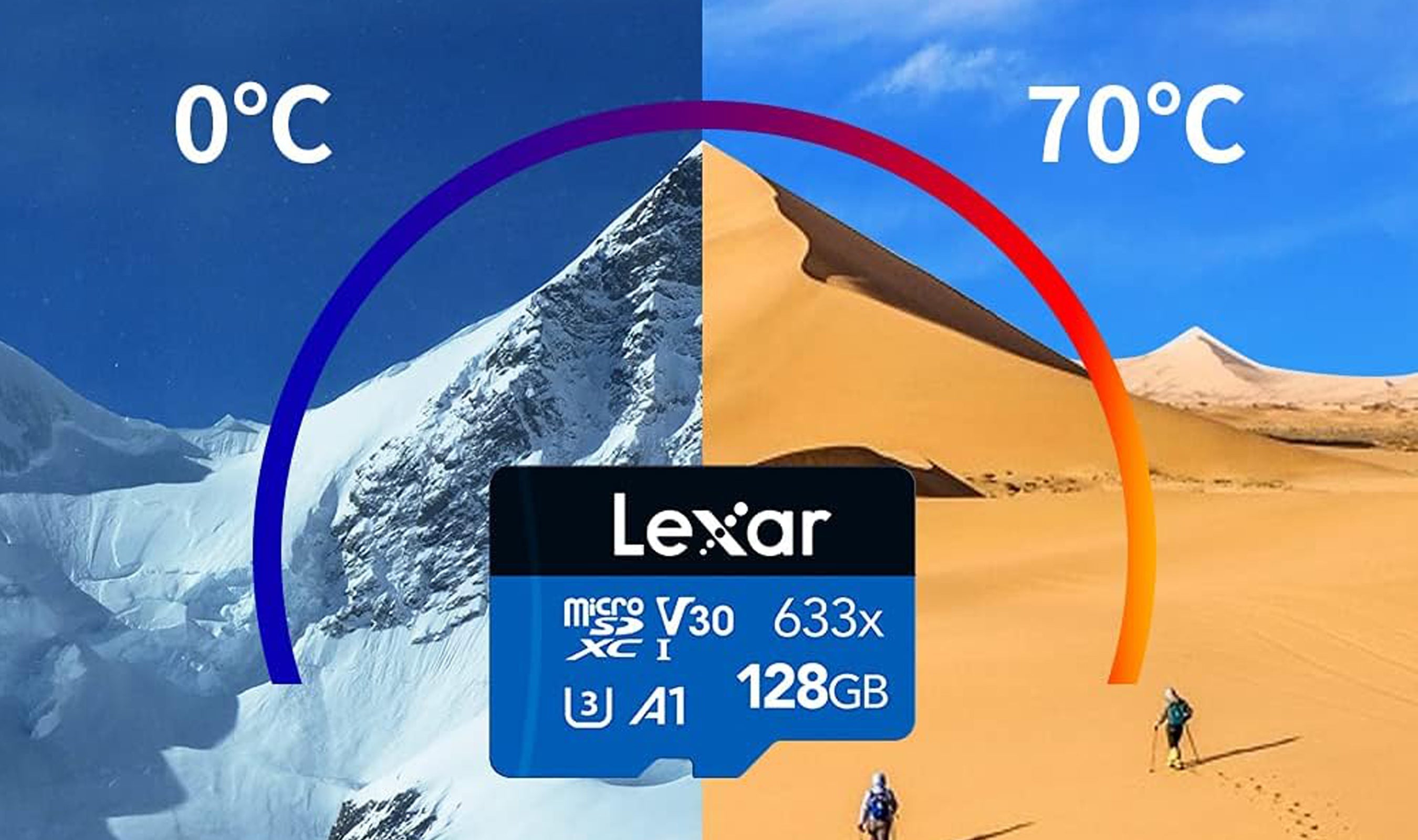When it comes to buying a dash cam, one of the most important decisions isn’t just resolution or storage—it’s the lens angle. The field of view your dash cam captures can mean the difference between clear evidence and a missed incident.
So what’s the right choice: 120°, 150°, or 360°? Let’s explore the differences—and why the DRIVEYE D9 stands out with its intelligent multi-lens design.
Understanding Dash Cam Viewing Angles
-
120° – Focused and Precise
This narrower angle offers a tighter field of view. It’s less prone to distortion, often resulting in crisper images. However, it may miss side events—like a vehicle approaching from an angle or unexpected lane changes. -
150° – The Perfect Balance
A 150° angle offers a wider field of view that captures multiple lanes while maintaining image clarity. It's the sweet spot between visibility and minimal distortion—ideal for front, rear, and side monitoring. -
360° – Complete Surround View, But at a Cost
360° dash cams usually rely on a single fisheye lens or stitched views from multiple cameras. While they provide full coverage, they often compromise on clarity, especially around the edges. License plates and facial details may be blurred or warped.
How DRIVEYE D9 Solves the Angle Dilemma
Rather than using a single 360° lens that may stretch or distort footage, the DRIVEYE D9 features five high-resolution cameras, each with a 150° ultra-wide-angle lens, including:
- Front Camera (4K Ultra HD) – Captures crystal-clear detail ahead with a wide field of view.
- Rear Camera (2K) – Keeps an eye on vehicles behind you, perfect for hit-and-run or tailgating scenarios.
- Three Additional Cameras – Mounted to monitor blind spots, side traffic, or interior activity, depending on your setup.
This gives you near-360° coverage—but with consistently clear, undistorted footage from every direction.
Why Angle Choice Matters More Than You Think
- A 120° cam might miss an overtaking vehicle.
- A 360° cam might blur or distort important details.
- A 150° lens, like those on the DRIVEYE D9, strikes the ideal balance between range and clarity.
Plus, with five of them working together, the D9 doesn't force you to choose—you get full protection without compromise.
Not Just a Dash Cam—A Full Protection System
With the DRIVEYE D9, you're not choosing a single angle—you’re getting:
- Multiple 150° lenses
- 4K + 2K resolution for crystal-clear footage
- Nearly seamless 360° coverage
- Enhanced safety and peace of mind for every trip
Why settle for one lens or a distorted fisheye when you can have five sharp, focused perspectives?
Ready to See More, Capture More, and Protect More?
Explore how the DRIVEYE D9 gives you a smarter way to capture the road—from every critical angle.
[Learn more →]





Leave a comment
This site is protected by hCaptcha and the hCaptcha Privacy Policy and Terms of Service apply.